|
Edinburgh University, School of Literature, Language and Cultures, Celtic and Scottish Studies 2nd Year Lecture - March 3 2014 Ethnographic Photography and Postcards in Scotland - - - - - - - - This talk was subsequently given to Colinton Literary Society on February 4, 2015 under the title |
|||
|
For further details on any of the topics below, please see these pages: Ethnographic Photography Ethnographic Postcards |
|||
|
1 PHOTOGRAPHY Early History |
2 PHOTOGRAPHY Cameras and Photos |
3 PHOTOGRAPHY Photographic Societies |
4 PHOTOGRAPHY
Professional |
|
5 POSTCARDS Early History |
6 POSTCARDS Postcard Use |
7 POSTCARDS Publishers |
8 POSTCARDS Views of Scotland |
|
Ethnographic Photography and Postcards in Scotland Page 1 PHOTOGRAPHY Early History from 1839 |
|
Engravings
___________________________________ Until fairly recently, it was generally accepted that photography began around 1839. However, there were experiments by a few individuals in earlier years. However, experiments by both Wedgewood and Niépce are now thought to have played an important part in the history of photography. The main problem initially for photography was not in being able to create the image, but in being able to find a way to 'fix' it so that it would not fade when exposed to light. Wedgwood Thomas Wedgwood (1778-1829) was born into a family of pottery manufacturers from Staffordshire, England. In the early 1790s, he attempted to print photographs on materials including ceramic, glass, paper and white leather, believing that if he could produce photos, these could be useful in his education of young people. Niépce Joseph Nicéphore Niépce (1765-1833) was son of a wealthy lawyer. He served in the French army under Napoleon, then became Administrator of the district of Nice. From 1795, he devoted his life to scientific research. With his brother, Claude, he invented and patented then developed what was probably the world's first internal combustion engine. He experimented with photography in the mid-1820s. The earliest of his photos to survive is view of rooftops from his window. It was an 8-hour exposure taken in 1826. This was on pewter, coated with bitumen disolved in lavender oil. ___________________________________ Photography Talbot and Daguerre 1839 Talbot
Photography Announced Events of 1839**
The Latticed Window (Talbot) A print from the oldest photographic negative in existence
©
Reproduced from the National Museum of Photography,
Film and
Television collection, Edinburgh
Holyrood Abbey, Edinburgh (Daguerre) An oil painting ©
Reproduced
by courtesy of
The Board of Trustees of the National Museums & Galleries
_________________________________ Reaction in Edinburgh
Edinburgh Exhibitions 1st Exhibition
2nd Exhibition
Talbot's work was included in this exhibition. Daguerre also exhibited in Edinburgh; I assume this would have been at the same exhibition. This Exhibition attracted over 50,000 visitors. _________________________________
Early Photographers
1. Thomas Rodger Sen. dressed in Newhaven Fishwives' costume. © Reproduced by courtesy of St Andrews University Library A LB49-11
2. Thomas Rodger Sen. "Playing the Bellows" seated beside Hungarian violinist, Edouard Remeny. © Reproduced by courtesy of St Andrews University Library ALB49-12
|
________________________________
End of Page 1
|
Edinburgh University, School of Literature, Language and Cultures, Celtic and Scottish Studies 2nd Year Lecture - March 3 2014 Ethnographic Photography and Postcards in Scotland - - - - - - - - This talk was subsequently given to Colinton Literary Society on February 4, 2015 under the title |
|||
|
For further details on any of the topics below, please see these pages: Ethnographic Photography Ethnographic Postcards |
|||
|
1 PHOTOGRAPHY Early History |
2 PHOTOGRAPHY Cameras and Photos |
3 PHOTOGRAPHY Photographic Societies |
4 PHOTOGRAPHY
Professional |
|
5 POSTCARDS Early History |
6 POSTCARDS Postcard Use |
7 POSTCARDS Publishers |
8 POSTCARDS Views of Scotland |
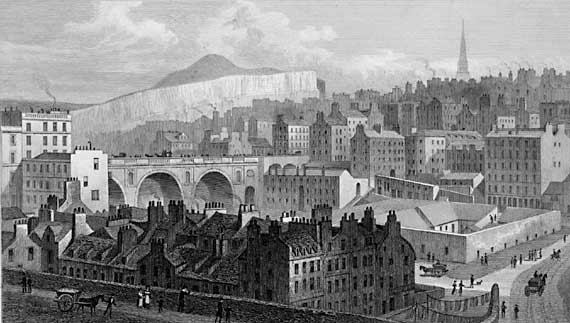

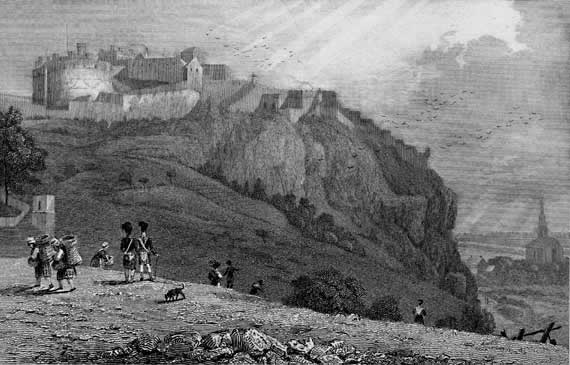
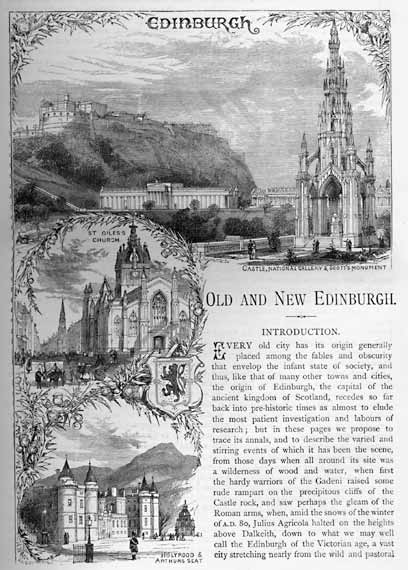
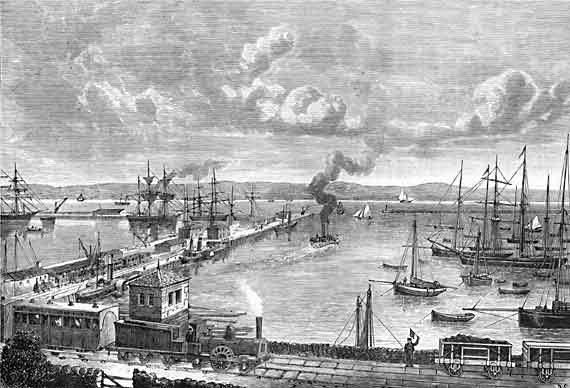

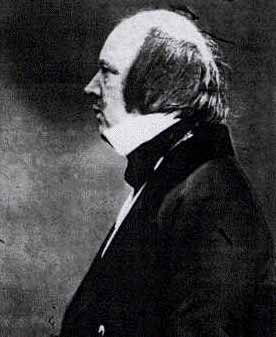


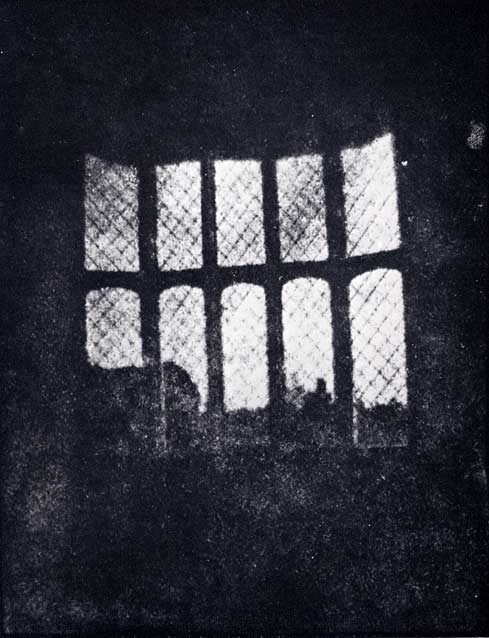
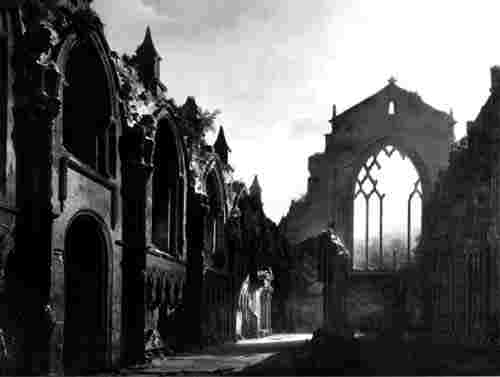
![Thomas Rodger [sen.] - dressed in Newhaven Fishwives' costume.](../0_P/0_photographers_rodger_senior_in_fishwives_costume.jpg)
![Thomas Rodger [sen.] - Playing the bellows" seated beside the Hungarian violinist, Edouard Remeny.](../0_P/0_photographers_rodger_playing_the_bellows.jpg)